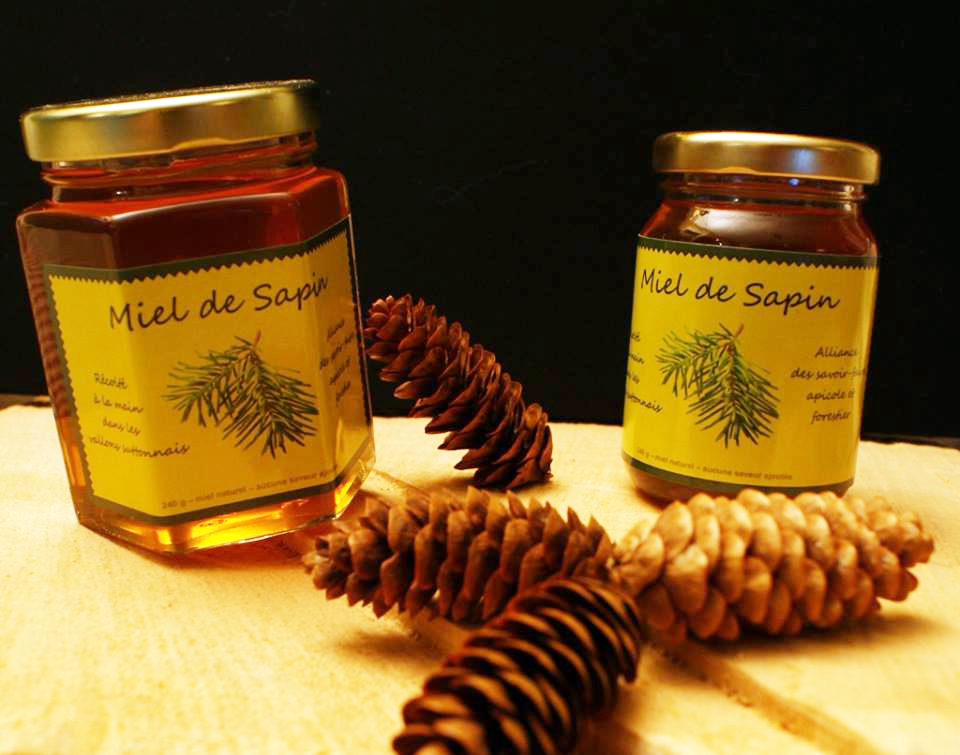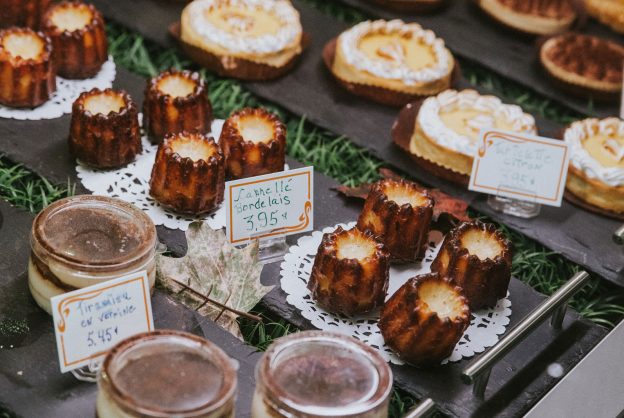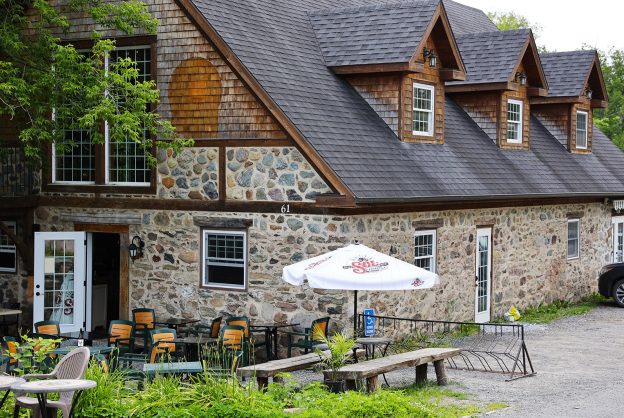Balsam Fir Honey, A Great Idea “fir” you to Try!
Apiculture or forestry? Jérémie Postel doesn’t have to choose anymore, as he combines both to create a unique product: Balsam fir honey. A product, according to him, that reveals the true nature of the tree—and offers the ecological and culinary aspirations of this French expat who fell in love with a Quebec girl and the local terroir. For this Coureur des bois 2.0, our fir trees, like our maples, should hold a special place in our pantries or in our pharmacies. First, a bit of history; the First Nations taught newly landed Europeans the virtues of this evergreen, notably for scurvy. Our ancestors used it also in their pharmacopoeia concoctions to fight colds and the flu.

Less glorious than our maple trees, balsam firs oscillate between an antiseptic base and an aromatic ingredient. This woodsy honey seems to find no equal for perking up oven baked salmon, glazing lamb chops, aromatizing hot goat’s cheese or jazzing up grilled shrimp. About ready to publish, the entrepreneur was working hard on his business plan. His objective: To move his business into high gear, after having his friends, friends of friends and strangers (who have become his friends) discover the honey at markets and events. The first challenge will be to open up its consumer appeal, not to associate balsam fir honey with winter, Christmas or … Buckley’s cold syrup!
Balsam fir honey on a gelato in July? Jérémie is clearing out all the possibilities. His favourite weapon: the pop cycle stick oozing with honey for tastings. “Three out of four people are pleasantly surprised. We must admit that macerated honey is not yet an acquired taste in Quebec,” explains this ex-nature guide and landscaper. And what does it taste like? “What does it smell like? A sweet and enticing aroma, set in our olfactory memory, like those we enjoy while walking in a grove of conifers in summer. It tempts our taste buds and pleases foodies.”
Although this honey is produced with the patient and limited work of local bee keepers, in all respect of our winged allies, fir trees abound in the Appalachian Mountains. In June, Jérémie finds young shoots overflowing with sap in the Sutton backcountry. In this mixed forest, bubbles of biodiversity, the tree must fight hard to grow, therefore offering a more energetic essential oil, a stronger resin. His art then consists of operating months of molecular transfers through the maceration of these shoots in gold syrup, without allowing the concoction to ferment. When they come out of the vat, the tender shoots have a somewhat jammy aspect. However, still having conserved their aromatic power, they are bought by Sencha Kombucha (Cowansville) who recycle the residues to make a lively and effervescent nectar using fermented green tea without alcohol.
Added to his gastronomic mission, the new Quebecker also has a heritage-based goal that helps to sell the product more easily, without any bling except for its polished image. “For me, it’s a product that gives meaning to the things we eat that reconnects us who we are. Balsam firs are our thyme, our rosemary,” pictures the woodsman. It could have been hemlock, spruce or pine, but Jérémie preferred using balsam firs. What a great idea!
Jérémie Postel | Produits du sapin




2 comments